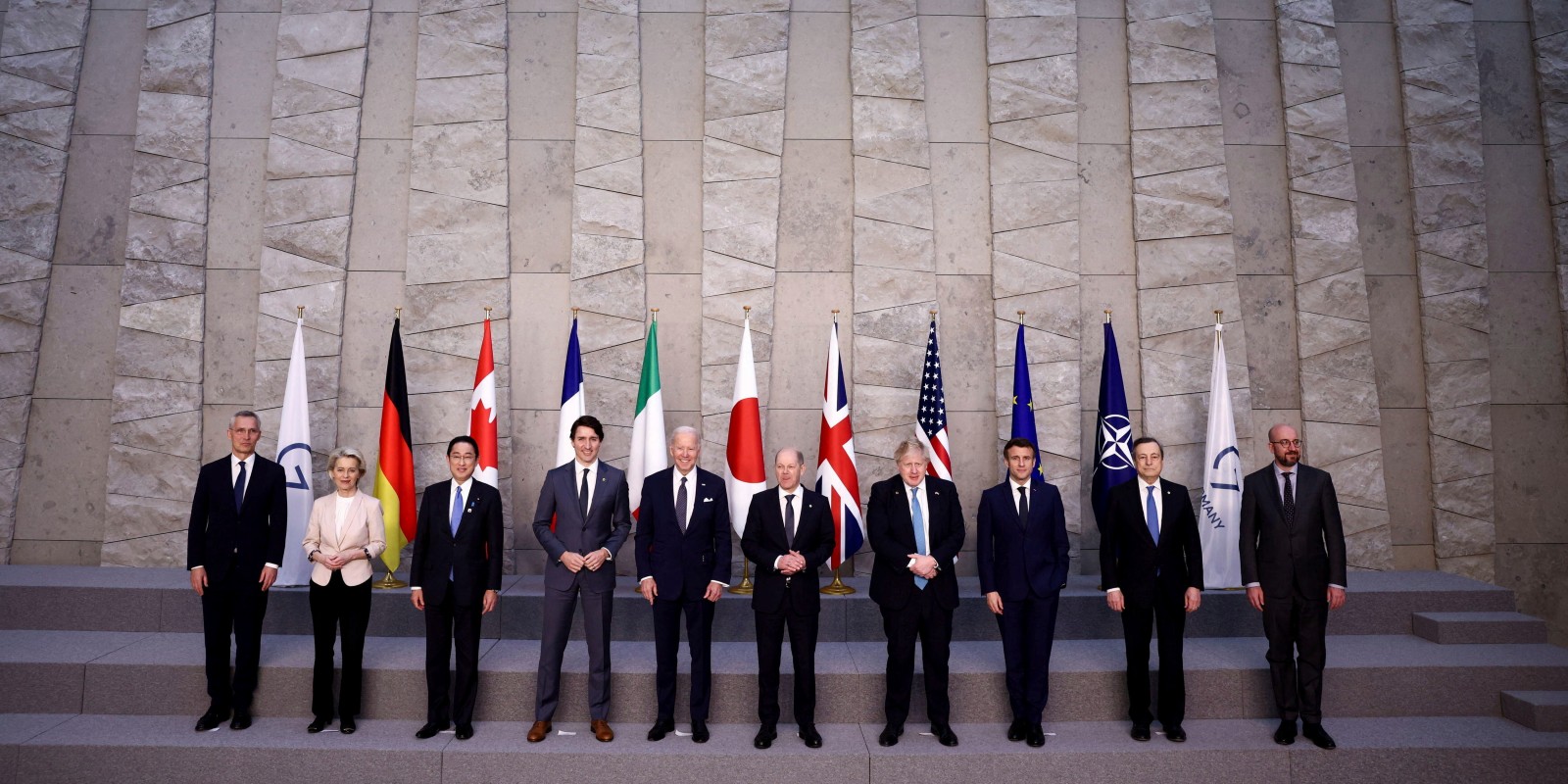


Over the past two decades, countries close to historic and emerging areas of conflict have rapidly increased their military spending much faster than Canada and other Western countries in anticipation of a more dangerous world.
According to information gathered by The Hub from the World Bank, over the twenty-year period between 2002 and 2022, the world saw significant growth in defence spending by Western adversaries like China, Russia, and Iran. These three countries saw average annual increases in military spending of 12, 11, and 8 percent respectively. Russia and China today have Europe and Asia’s largest militaries.
The most significant increases in military spending during this twenty-year period were in countries threatened by the military growth of China, Russia and India.
In 2022, France, Germany, and the U.K. individually spent between $53 billion and $68 billion on defence compared to Russia’s $86 billion. In the two decades previous, the military spending of these traditional Western allies only grew an average of 3, 4 and 2.5 percent per year respectively, compared to Russia’s 11 percent growth. If the U.K., for instance, had increased its defence spending by an average of 3.6 percent annually from 2002, rather than 2.6 percent, its military expenditure would be $86 billion in 2022 or equal to that of Russia.
Canada and the United States’ spending rates were a little higher, but not by much. Since 2002, if Canada had grown its defence spending by an average of 9 percent annually rather than 6 percent, its total military in 2022 would have been $53 billion and on par with France.
North Atlantic Treaty Organization (NATO) members in Eastern Europe like Estonia, Latvia, and Lithuania saw double-digit annual growth in military spending over those two decades. NATO asks its members to spend a minimum of 2 percent of their GDP on defence.
In March, Poland’s President Andrzej Duda reiterated a request to increase NATO’s military-to-GDP spending target to 3 percent. His country, invaded twice during the Second World War, raised its military spending by 8 percent between 2002 and 2022.
Meanwhile, British Defence Secretary Grant Shapps told U.K. media he would like to see NATO countries contribute 2.5 percent of their GDP to national defence, thus ensuring NATO-mutual defence.
Countries with South China Sea claims like the Philippines, Vietnam, and Malaysia ramped up their military spending to try and catch up to 12 percent annual growth in China. Since 2015, China has had the largest navy in the world.
Countries close to zones of conflict seem to be preparing for more dangerous, competitive, and even expansionary statecraft.
“The world is becoming increasingly dangerous,” said Canada’s Minister of National Defence Bill Blair in a speech last week at the Economic Club of Canada before a one-on-one interview with The Hub. He was pitching Canada’s new defence policy to a crowd of industry representatives.
The plan, entitled “Our North, Strong and Free” contains several overarching goals. The main one is raising Canada’s defence spending from its current 1.3 percent of GDP ($37.8 billion) to 1.8 percent by 2029, an additional $8.1 billion. Currently, Canada has the fourth lowest spending by share of GDP in NATO, directly behind Italy, Portugal and Czechia. The second goal is to assert Canadian sovereignty over the Arctic.
Blair has admitted previously that he has struggled to convince the Liberal cabinet and Canadians that meeting the NATO target is a worthy goal, “because nobody knows what it means.”
He was mindful, he said, of Canada’s obligations in NATO, the Indo-Pacific, and, “most importantly,” the North American Aerospace Defense Command (NORAD), given Russia’s ambitions in the Arctic.
Minister Blair told The Hub he’s been asked if the intent of the new defence policy is to win the next war.
“It’s not. My intent is to prevent the next war,” Blair said. “We’re not looking to impose our will or force on anyone else. But we will defend those rules that have kept the world safe. We need to be able to show strength and resolve to matter in that defence.”
For a historical analysis of Canada’s military spending, read The Hub’s latest DeepDive: “Just how bad is Canada’s defence spending problem? Downright disastrous—with little hope in sight.”